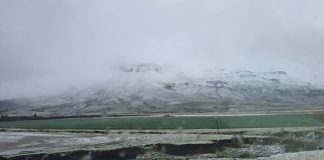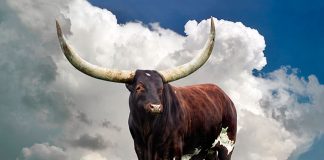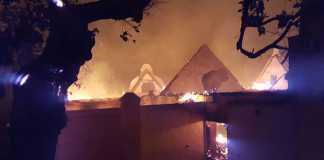Most recently, Eskom increased the overhead height of a large number of electricity transformers in the eco-tourism village of Marloth Park adjacent to Kruger National Park following the electrocution of four giraffe there since June 2011. In 1996, Eskom and the Endangered Wildlife Trust (EWT) formed a partnership to address the problem of wildlife electrocutions.
It emerged that not only were wild birds falling victim to power lines and transformers, but tall animals, such as giraffe, and good climbers, such as monkeys and baboons, were also being electrocuted. “The challenge for Eskom is to find a balance between the interests of industry, the residential electrification programme and the effective use and conservation of resources,” said the EWT’s project co-ordinator for the wildlife and energy programme, Constant Hoogstad.
At risk
Because of their climbing abilities, primates are especially at risk, said programme manager Megan Diamond. Giraffes, of course, are at risk because of their height. To mitigate the threat to these animals, Eskom is elevating power lines and transformers to a minimum height of 5,82m, added Diamond.
“For primates, Eskom is insulating as many transformer components as possible in high risk areas. Not all of these components can be insulated, but the work that Eskom is doing significantly minimises the risk of the electrocution of primates,” she continued. Eskom’s Hilary Joffe said the power provider is committed to minimising the impact on the environment of all of its operations. Eskom is actively seeking to reduce the probability of an incident, said Joffe, referring to situations where the potential for wildlife electrocutions is high.
Updated
“Bird flight diverters, anti-climbing devices, low hanging conductor detection and other efforts are integrated into designs that are constantly updated as new information comes to light,” said Joffe. The EWT urged wildlife ranchers to contact the trust or Eskom if they have any concerns about electricity supply infrastructure posing a threat to wildlife.












